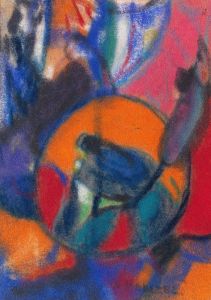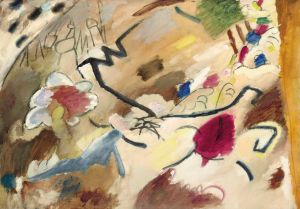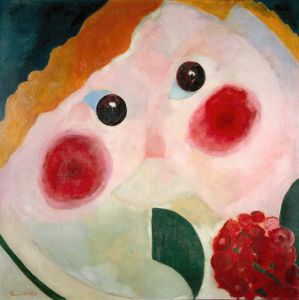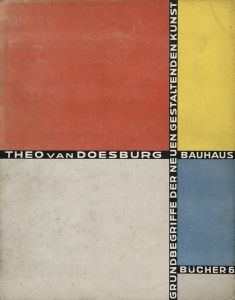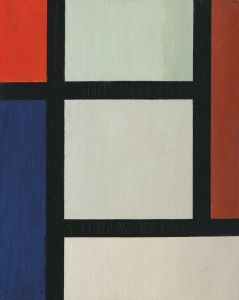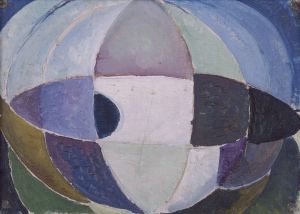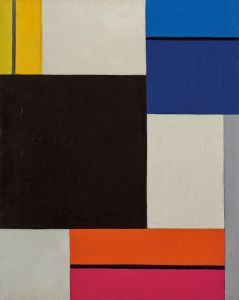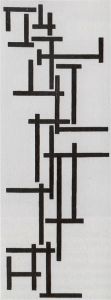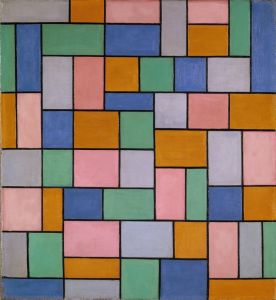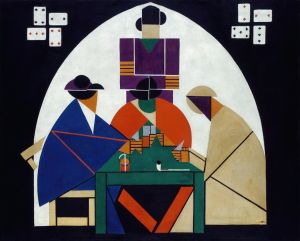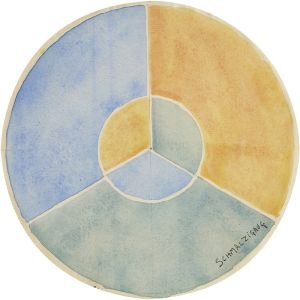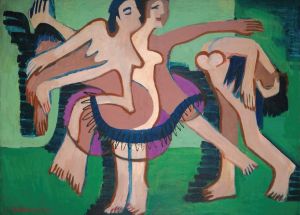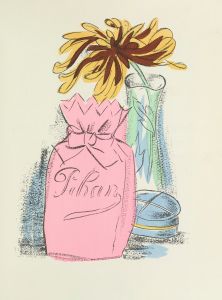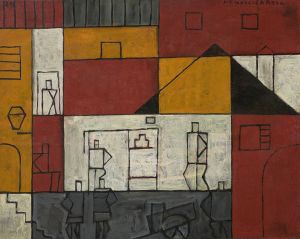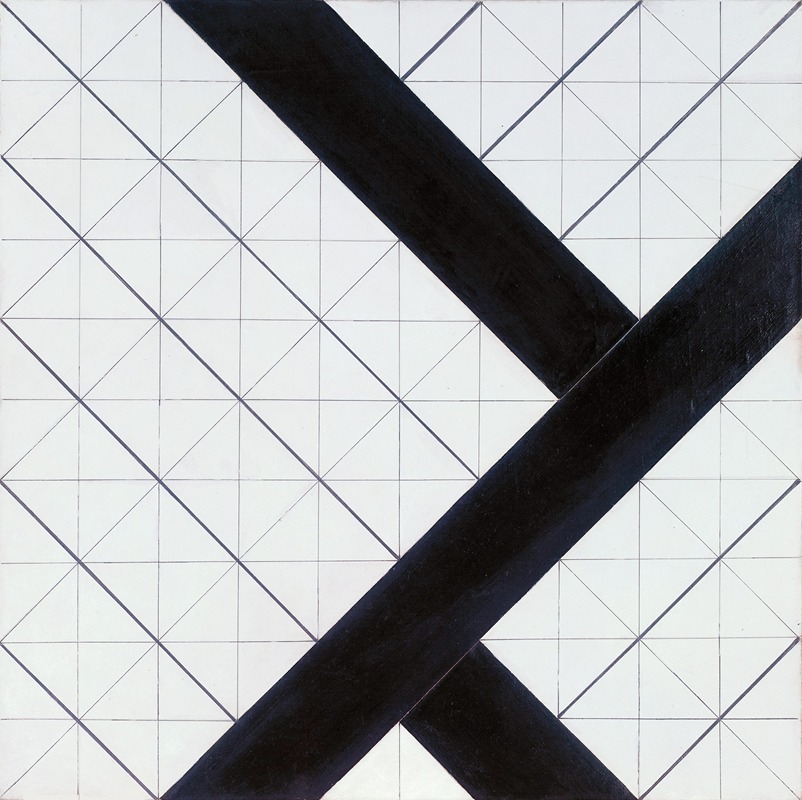
Counter-composition VI.
A hand-painted replica of Theo van Doesburg’s masterpiece Counter-composition VI., meticulously crafted by professional artists to capture the true essence of the original. Each piece is created with museum-quality canvas and rare mineral pigments, carefully painted by experienced artists with delicate brushstrokes and rich, layered colors to perfectly recreate the texture of the original artwork. Unlike machine-printed reproductions, this hand-painted version brings the painting to life, infused with the artist’s emotions and skill in every stroke. Whether for personal collection or home decoration, it instantly elevates the artistic atmosphere of any space.
Counter-composition VI is a notable work by the Dutch artist Theo van Doesburg, a key figure in the De Stijl movement, which was founded in the Netherlands in 1917. This movement, also known as Neoplasticism, was characterized by an abstract, minimalist aesthetic that emphasized geometric forms and primary colors. Van Doesburg, along with other prominent artists like Piet Mondrian, sought to express a new utopian ideal of spiritual harmony and order through art.
Theo van Doesburg, born Christian Emil Marie Küpper in 1883, was not only a painter but also an architect, writer, and theorist. He played a crucial role in the dissemination of De Stijl principles through his writings and the magazine "De Stijl," which he founded and edited. His work in painting, including Counter-composition VI, reflects his commitment to the movement's ideals.
Counter-composition VI, created in 1925, is an exemplary piece of van Doesburg's exploration of dynamic balance and asymmetry. Unlike Mondrian, who adhered to strict horizontal and vertical lines, van Doesburg introduced diagonal elements into his compositions. This divergence from Mondrian's approach marked a significant evolution in the De Stijl movement, as van Doesburg believed that diagonal lines could better convey a sense of dynamism and movement.
The painting is characterized by its use of geometric shapes, primarily rectangles and squares, arranged in a seemingly random yet meticulously balanced composition. The color palette is limited to primary colors—red, blue, and yellow—along with black, white, and gray. This restriction to primary colors and non-colors is a hallmark of De Stijl, intended to strip art down to its most fundamental elements.
Counter-composition VI exemplifies van Doesburg's theory of "Elementarism," which he introduced in the mid-1920s. Elementarism proposed that the diagonal line was more vital and dynamic than the horizontal and vertical lines favored by Mondrian. This theory was a point of contention between van Doesburg and Mondrian, leading to a rift between the two artists and their respective followers within the De Stijl movement.
The painting's composition reflects van Doesburg's interest in architecture and design, as he often sought to integrate art with the built environment. His work in both fields was driven by a desire to create a total aesthetic experience, where art and life were seamlessly interconnected.
Counter-composition VI is housed in the Kröller-Müller Museum in Otterlo, Netherlands, which holds an extensive collection of works by van Doesburg and other De Stijl artists. The museum's collection provides insight into the development of abstract art in the early 20th century and the lasting impact of the De Stijl movement.
In summary, Counter-composition VI is a significant work that illustrates Theo van Doesburg's contributions to the De Stijl movement and his innovative approach to abstraction. Through his use of diagonal lines and primary colors, van Doesburg challenged conventional notions of composition and paved the way for future developments in abstract art.





